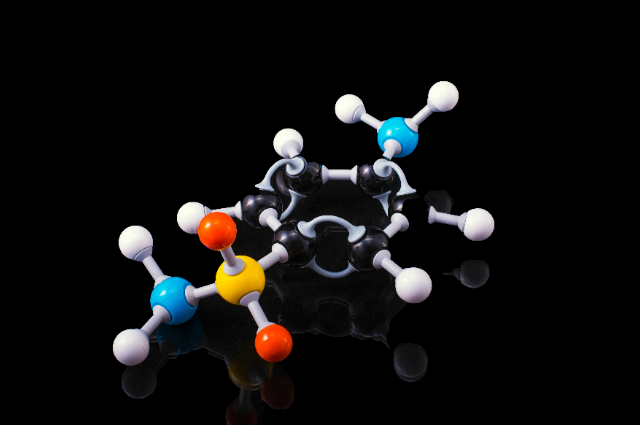
Mole Day is an annual event celebrated by chemists and chemistry enthusiasts around the world. This day, observed on October 23rd from 6:02 a.m. to 6:02 p.m., pays homage to Avogadro’s number, 6.022 x 10^23, which is a fundamental constant in chemistry representing the number of entities (atoms, molecules, ions, etc.) in one mole of a substance.
The Origins of Mole Day
Mole Day traces its roots back to the early 1980s when Maurice Oehler, a high school chemistry teacher, and his students initiated the celebration. The idea was to foster a greater appreciation for the importance of Avogadro’s number and to make learning about it a more engaging experience.
The Significance of Avogadro’s Number
Avogadro’s number is crucial in stoichiometry, the branch of chemistry that deals with the calculation of reactants and products in chemical reactions. Mole Day serves as a reminder of the central role this constant plays in understanding the quantitative aspects of chemical reactions.
Avogadro’s Number: The Foundation of Chemistry
Avogadro’s number, named after the Italian scientist Amedeo Avogadro, represents the number of atoms, ions, or molecules in one mole of a substance. This constant serves as a bridge between the atomic realm and the macroscopic world, forming the foundation for stoichiometry and chemical calculations.
Educational Activities and Events
Mole Day is not only about acknowledging a constant; it is also an occasion for educational activities and events. Teachers and students often organize chemistry-themed projects, demonstrations, and contests, fostering a hands-on approach to learning. These activities aim to make complex chemical concepts more accessible and enjoyable.
The Mole Day Challenge
One common tradition is the Mole Day Challenge, where students tackle chemistry-related problems or puzzles. This encourages critical thinking and problem-solving skills while reinforcing key concepts. It’s an excellent way to blend fun with learning, reinforcing the importance of Avogadro’s number in a practical context.
Promoting Scientific Inquiry and Curiosity
Beyond the festivities, Mole Day serves as a platform to promote scientific inquiry and curiosity. It encourages students to explore the world of chemistry beyond textbooks, fostering a deeper appreciation for the subject and inspiring future scientists.
Incorporating Mole Day into the Curriculum
Many educators integrate Mole Day into their curriculum, using it as an opportunity to reinforce key concepts and make learning more interactive. By doing so, they aim to demystify complex chemical principles and make them accessible and enjoyable for students.
Community Engagement and Collaboration
Beyond the classroom, Mole Day fosters a sense of community among chemistry enthusiasts. Local communities, schools, and universities collaborate to organize events, lectures, and demonstrations. This collaborative spirit helps create a vibrant environment that encourages the sharing of knowledge and passion for chemistry.
Creative Celebrations
Part of what makes Mole Day unique is the creativity displayed in its celebrations. Students and teachers often design mole-themed decorations, cakes, and costumes. This element of fun helps break down the barriers to understanding complex scientific concepts, making chemistry more approachable.
Looking Ahead: The Future of Mole Day
As Mole Day continues to gain popularity, it is likely to evolve with the integration of new technologies and teaching methods. The celebration serves not only as a reminder of Avogadro’s number but also as a testament to the dynamic and evolving nature of science education.
Conclusion
Mole Day stands as a testament to the creativity and enthusiasm within the field of chemistry. It provides a unique opportunity for students, teachers, and enthusiasts alike to come together, celebrate the wonders of the molecular world, and inspire the next generation of scientists.
